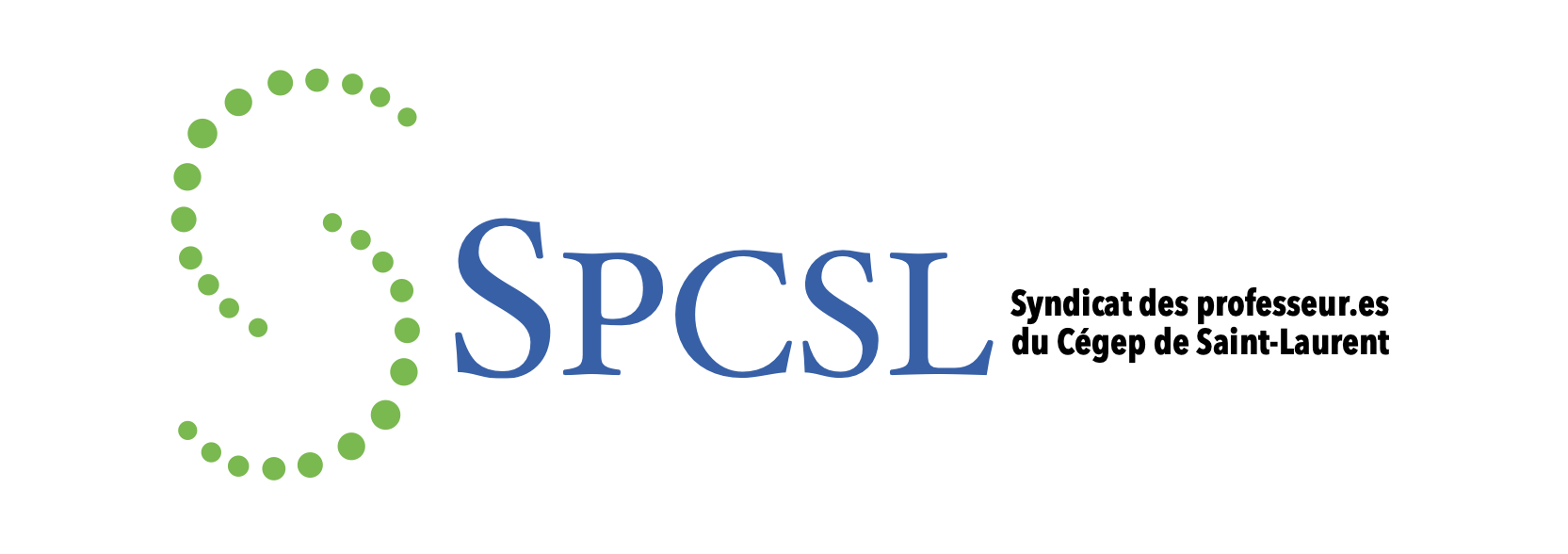Introduction
A conference on the fight against homophobia in schools was held at UQAM on April 14-15th. It is here where plenary speaker, Dr. Line Chamberland presented her wide scale study on the impact of homophobia on its victims: the Lesbian, Gay, Bisexual & Transgender (LGBT) high school students. Whilst her findings are startling, they echo an everlasting epidemic – the continuous hatred and fear towards The LGBT community in mainstream society and more specifically in schools.
Methodology
Chamberland surveyed 2747 high school students in 2009 and 1844
cégep students in 2008 on the issues surrounding the scholarly climate and
homophobia. The questionnaire focused on the witnessing of homophobic
behaviour, incidences, and the victimization stemming from homophobia
throughout the school year.
Results
The results reveal that the school yard has shown no mercy for the LGBT community. For instance, roughly 70% of the male youths interviewed had been victims of homophobic language such as: c’est tapette, c’est fif, or c’est gai. Furthermore, pejorative terms heard describing LGBT youths were: tapette, homo, or lesbienne . Thus, psychological forms of abuse are categorized as insults and mockery at 50.2 %, rumours at 49.1%, ostracism/rejection at 34.7 % and cyber bullying at 23.6 %.
Moreover, on the physical side, victimization incidences include hitting or pushing at 18.3%, physical sexual advances at 16.5 %, bullying at 14.1 %, vandalism & theft at 10.3 %, and sexual aggression at 11.3%. While the LGBT members of the community are at the brunt of homophobia behaviour, heterosexual youths who fit the stereotype of being gay, lesbian, bisexual or transgender also endure quantifiable amounts of abuse.
In addition to the anecdotal findings, the statistics pertaining to those who witnessed homophobic behaviour is most revealing of all. The survey shows that 74 % of each group, LGBT and heterosexual, had seen or heard some form of homophobic behaviour from the beginning of the school year. In spite of these figures, only 40 % would report incidences of direct or indirect harassment to the school authorities.
According to the study, the impact of these behaviours has serious consequences for the victims notably, severe depression, lack of concentration, low grades, low self-esteem, anxiety (stress, panic attacks), skipping school, changing schools, quitting school, and finally, suicide (14% out of 65 students interviewed admitted they had either contemplated or attempted to commit suicide).
Solutions / Conclusion
With these findings, Chamberland proposes solutions aimed at the provincial, academic and personnel environments. While all solutions include awareness campaigns and intervention programs, what is paramount at the high school and personnel levels is the implementation of policies that explicitly describe & condemn homophobic actions and behaviours. The policy would be designed to ensure a coherent management of cases stemming from homophobic abuse. With this coherence, a message of zero tolerance for homophobic behaviour would spill over into the school yard and classroom – making school what it should be: an equitable and safe learning environment for all members of society.
Pour plus d’informations, visitez http://homophobie2011.org/ .
Corinna Antipas, Professeure d’anglais
